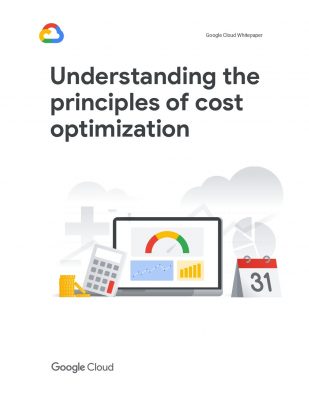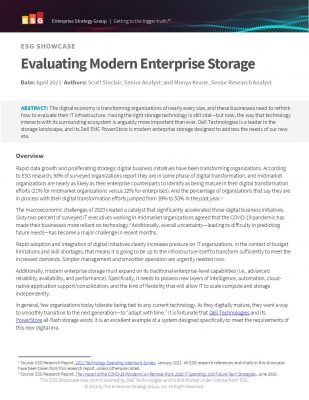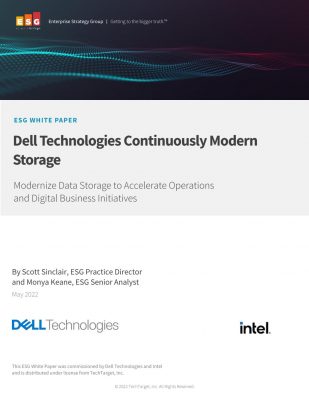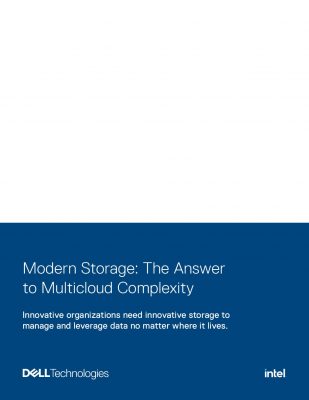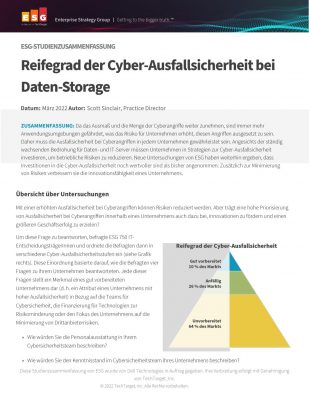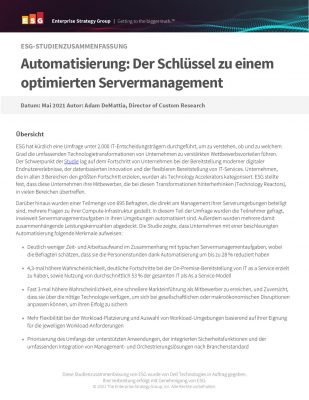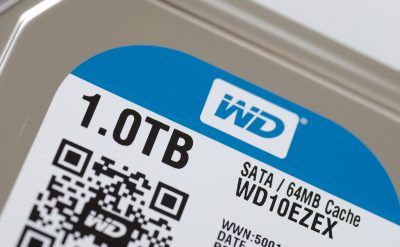According to BlueWeave Consulting, the global next generation data storage market is expected to grow at CAGR of 12.6% from 2018 to 2025 and reach approximately USD 104.3 billion by 2025. The heightening number is considerably due to the increasing demand for innovative and time-saving technologies such as automated systems, smart devices, online shopping, and IoT.
The main driving force is the continuously increasing need for better data storage and management. It exists across banking, financial services, insurance, retail, manufacturing, healthcare, and other sectors. In particular, the lower solid-state drive costs and higher reliability, other cost-effective advantages of solid-state technology, and longer storage device life will accelerate the growth of the next generation data storage market.
Add to it, cloud storage has increasing demand worldwide as it contributes to the growth of next generation data storage market, low cost of deployment, and easy availability. It is also anticipated that the increasing demand for input and output devices and increasing need to analyze and store these huge amounts of data will boost the next-generation data storage market in the upcoming years.
Talking about next generation data storage market segmentation: it is divided into Direct-attached, Network-attached, and cloud-based storage systems. With the advantage of cost-effectiveness and accessibility to stored data, all these features put “cloud” on the top.
In terms of storage architecture, the next-generation data storage market is bifurcated into file and amp; object-based and block-based segments. Out of the two, it is the file and object-based segments that would be leading the market due to the growing volume of data, which created a need for an architecture based on files and artifacts. And in terms of the storage technology, the next-generation data storage can be categorized into magnetic storage, cloud-based storage, solid-state storage, and hybrid array. Out of the four, cloud-based storage will lead the market due to the low cost of deployment and easy accessibility.
This next generation data storage market comprises retail, BFSI, IT, Telecom, Healthcare, Business, Education, and Media and amp; Entertainment segments based on the end-user industry. Here, in this case, BFSI will lead the market based on the growth in hybrid and private cloud adoption.
The benefits of next generation data storage are clear; it will drive better data management, higher productivity, improved project management, and content management in the public sector. The next generation data storage market is segmented into the following regions, namely, North America, the Middle East and amp; Africa, Europe, Asia Pacific, and Latin America.
To date, there has been an increased demand for smartphones and smart devices; North-America has the world’s largest next generation data storage market. In the future, Asia Pacific will witness growth in low-cost smartphones and tablets, which will heighten the adoption of storage devices in the next generation.

